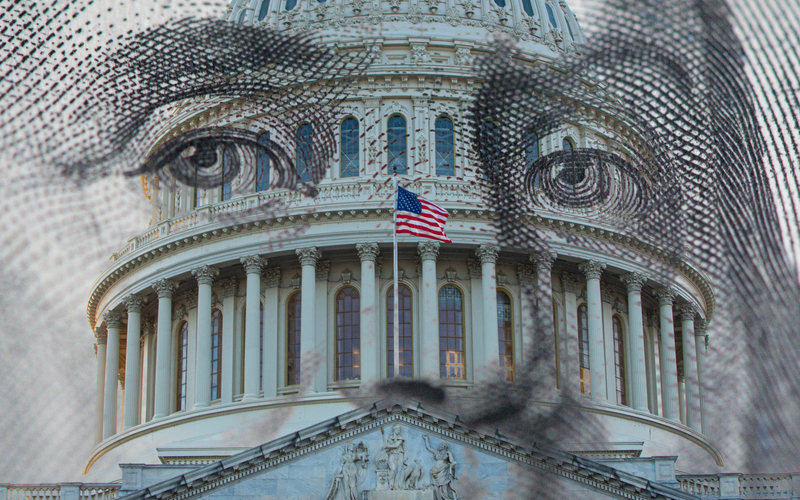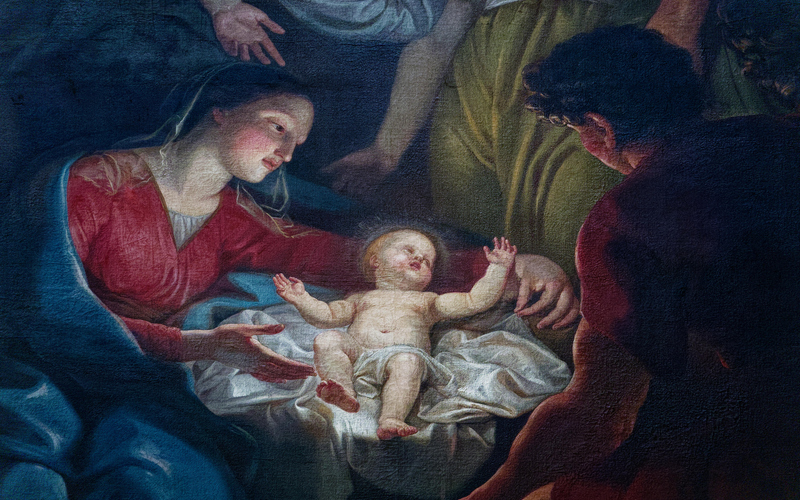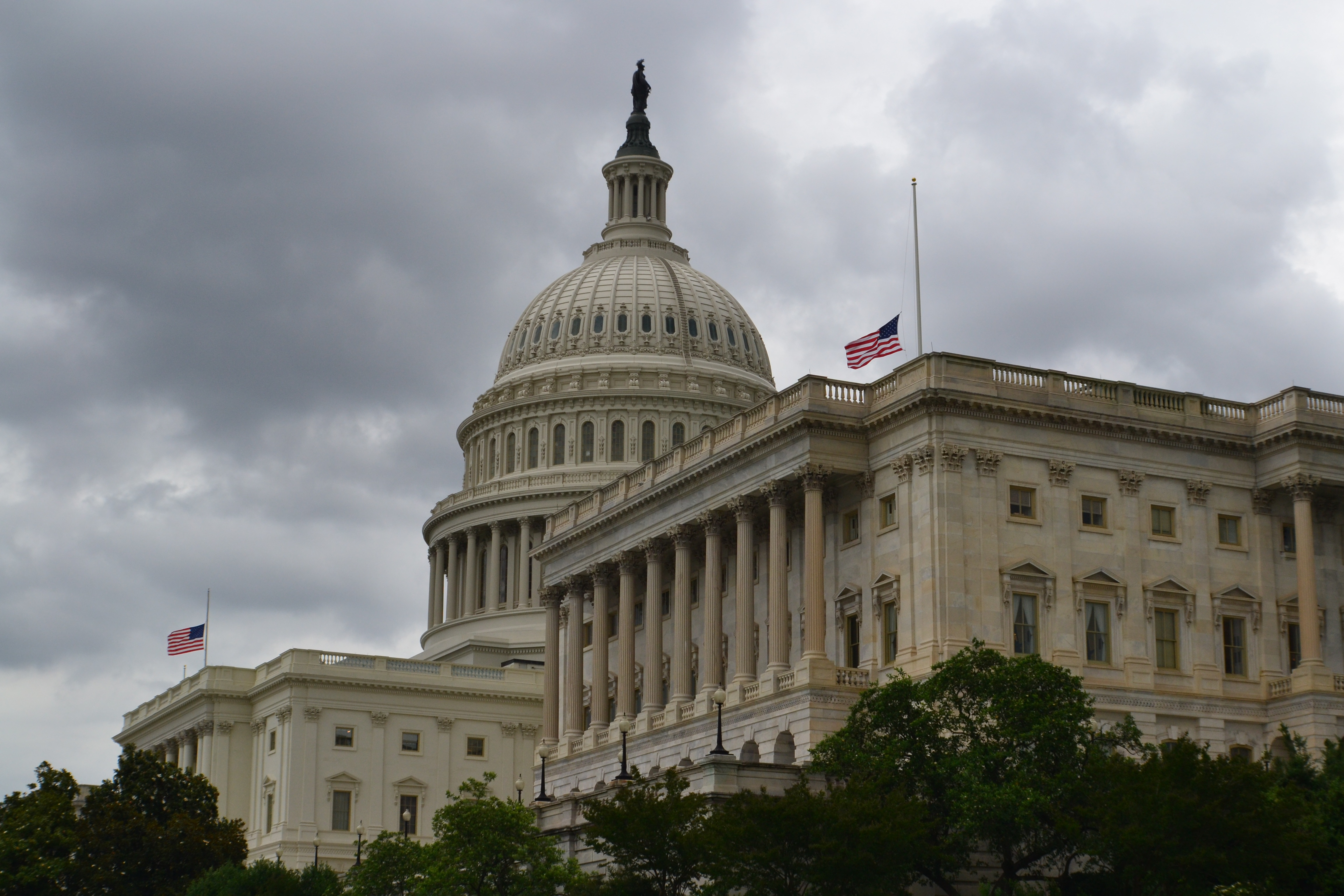With History, Heart, Hope the Flag Waves On
Sign up for a six month free
trial of The Stand Magazine!
(Digital Editor's Note: This article appeared first in the June 2023 edition of the print version of The Stand.)
“When we honor our flag, we honor what we stand for as a nation – freedom, equality, justice, and hope,” wrote President Ronald Reagan in a June 1981 proclamation.
In the U.S., there are many patriotic holidays ranging from Memorial Day to July 4, but between the barbecues and the fireworks, there is another holiday worth celebrating – Flag Day. On June 14, America annually sets this day aside to pay respect and remember one of its oldest symbols, always adorned in red, white, and blue.
History
America’s first flag was the Grand Union Flag, also known as the Continental Colors. It consisted of 13 red and white alternating stripes and sported a Union Jack in the lefthand corner. However, it is reported that some Revolutionary War soldiers – including General Washington himself – thought the flag was too similar to that of Great Britain.
On June 14, 1777, during a Second Continental Congress meeting, the Founding Fathers discussed and decided the future appearance of the American flag. The Journals of Congress recorded their decision:
That the flag of the thirteen United States be thirteen stripes, alternate red and white; that the union be thirteen stars, white in a blue field, representing a new constellation.
With that, Old Glory was born.
Heartbeat
Over the years, the flag has seen 27 revisions. Just as the 1777 flag represented 13 colonies, the flag has added a star to represent each state as it entered the union. Although the 1795 flag added two extra stripes, this was quickly reversed to permanently recognize the nation’s original 13 colonies. The current flag, introduced in 1960, beautifully displays 50 shining stars showcasing the nation’s growth.
In 1916, President Woodrow Wilson proclaimed that June 14 would be known as Flag Day to celebrate this piece of American history. It was officially deemed a holiday in 1949 when President Harry Truman signed it into law.
Despite the nation’s winding history, the American flag still flies in its glory. It has seen battlefields, war zones, capitol buildings, city parks, and front porch posts. And in every instance, it is a reminder of past victories, independence, and anticipation for tomorrow. But more than an American symbol, it is a beacon for those looking for a nation “under God.”
Hope
On June 14, 1954, President Dwight D. Eisenhower signed a bill that added “under God” to the nation’s Pledge of Allegiance. To this day, those two words allow Americans to acknowledge that they are united, indivisible, and under the authority of the God of the universe.
Today it seems that many have forgotten America’s roots. Regardless of current culture trends, the King of Kings is still on His throne and will continue to bless those who serve Him and call upon His name.
On this Flag Day, take a moment to acknowledge the history, heartbeat, and hope of America. The red, white, and blue still waves for “One nation under God, indivisible, with liberty and justice for all.”

Sign up for a free six-month trial of
The Stand Magazine!
Sign up for free to receive notable blogs delivered to your email weekly.



















